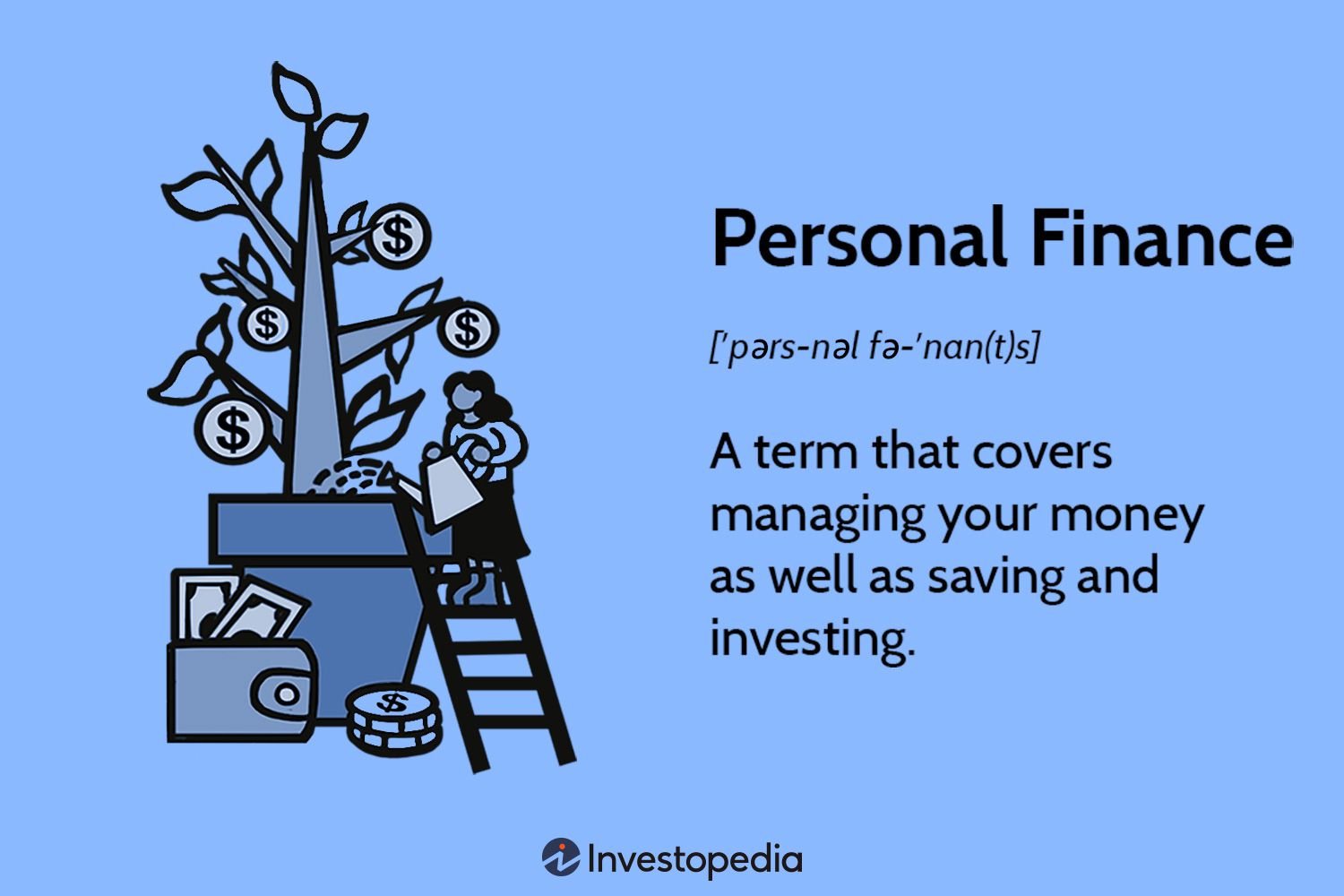Looking for practical tips to downsize your home financially? We’ve got you covered! Downsizing can be a daunting task, but with the right strategies, it can be a smooth and cost-effective process. Whether you’re preparing for retirement, looking to save money, or simply want a smaller space, there are several key steps you can take to make the transition easier on your wallet. In this article, we’ll share some valuable tips for downsizing your home financially, helping you save money while creating a comfortable and clutter-free living environment. Let’s jump right in!
Tips for Downsizing Your Home Financially
Downsizing your home can be a smart financial move for many reasons. Whether you are looking to reduce your mortgage payments, lower your monthly expenses, or simply simplify your life, downsizing can help you achieve your goals. However, the process of downsizing can be overwhelming and stressful if not approached correctly.
In this article, we will provide you with valuable tips and guidance on how to downsize your home financially. We will cover various aspects including budgeting, decluttering, selling your home, and finding the right new home. By following these tips, you can ensure a smooth and successful downsizing process while optimizing your financial situation.
1. Evaluate Your Financial Situation
Before embarking on the downsizing journey, it is crucial to evaluate your current financial situation. Take a close look at your income, expenses, savings, and debts. This assessment will help you determine how much you can afford to spend on your downsized home and calculate the potential savings you will achieve through downsizing.
Consider working with a financial advisor during this stage to ensure you have a clear understanding of your financial goals and limitations. They can provide valuable insights and assist you in creating a comprehensive financial plan for downsizing.
2. Set a Realistic Budget
Based on your financial evaluation, it’s essential to set a realistic budget for your downsized home. Consider all the costs involved, including the purchase price, closing costs, moving expenses, and any necessary renovations or repairs. Be sure to leave room in your budget for unexpected expenses.
Setting a budget will help you stay focused and prevent overspending during the downsizing process. It will also guide you in finding the right-sized home that is affordable and meets your needs.
2.1 Determine Your Ideal Price Range
Once you have a budget in mind, determine your ideal price range for your new home. Take into consideration the local real estate market, current interest rates, and your desired monthly mortgage payment. This will narrow down your options and help you streamline your search.
3. Declutter and Organize
Downsizing is the perfect opportunity to declutter and simplify your life. Before moving to a smaller space, go through each room in your current home and assess which belongings are essential and which ones you can live without. Sort your items into categories: keep, donate, sell, or throw away.
Consider the following tips to make the decluttering process more manageable:
- Start early: Give yourself plenty of time to declutter, as it can be an emotional and time-consuming task.
- Tackle one room at a time: Breaking the process down into smaller tasks will make it feel less overwhelming.
- Get rid of duplicates: If you have multiple items that serve the same purpose, keep only the one you use most frequently.
- Digitize documents and photos: Scan important documents and photographs to reduce physical clutter.
- Consider sentimental items: While it can be difficult to let go of sentimental items, think about whether they truly add value to your life or if they can be preserved in a more compact form, such as through photographs.
Once you have decluttered, organize your belongings in a systematic way. This will make the packing and unpacking process much easier when you move to your new home.
4. Sell Your Current Home
Once you have decluttered and organized your belongings, it’s time to sell your current home. Selling your home can provide you with additional funds to put towards your downsized home or to use for other financial goals.
4.1 Find a Real Estate Agent
Consider working with a reputable real estate agent who specializes in your local market. They will have the expertise and resources to help you navigate the selling process smoothly and get the best possible price for your home.
4.2 Stage Your Home
Staging your home can significantly impact its sale price and speed up the selling process. Decluttering and organizing your belongings will already put you ahead in the staging game. Additionally, consider these staging tips:
- Make necessary repairs: Fix any visible damages or issues in your home to make it more appealing to potential buyers.
- Clean thoroughly: Ensure your home is spotless and presentable for showings and open houses.
- Depersonalize: Remove personal items and family photos to allow potential buyers to envision themselves in the space.
- Maximize curb appeal: Improve your home’s exterior by maintaining the lawn, trimming hedges, and adding fresh flowers or potted plants.
By staging your home effectively, you increase the chances of attracting buyers and receiving competitive offers.
4.3 Determine a Competitive Price
Work with your real estate agent to determine the best listing price for your home. They will analyze market trends, recent sales in your area, and the condition of your home to help you set a competitive price that attracts potential buyers.
Consider preparing a buyer’s package that includes information about your home’s features, recent upgrades, and local amenities. This package can help potential buyers understand the value of your home and set it apart from others on the market.
5. Find the Right Downsized Home
Once you have sold your current home, it’s time to find the right downsized home. Consider the following factors during your search:
5.1 Location
Choose a location that aligns with your lifestyle and preferences. Consider proximity to amenities, transportation, healthcare facilities, and social activities. Research the neighborhood’s safety, accessibility, and overall desirability.
5.2 Size and Layout
Consider your needs and lifestyle when selecting the size and layout of your downsized home. Determine how many bedrooms and bathrooms you require and whether you need any additional spaces such as a home office or guest room. Choose a layout that maximizes the use of space and allows for easy navigation.
5.3 Affordability
Ensure that the downsized home you choose fits comfortably within your budget. Factor in not only the purchase price but also any ongoing expenses such as homeowners association fees, property taxes, and maintenance costs.
5.4 Accessibility
If you have specific mobility requirements or anticipate future accessibility needs, consider the accessibility features of potential downsized homes. Look for properties with features such as step-free entrances, wide doorways, and accessible bathrooms.
Take your time during the search process and don’t rush into a decision. Visit potential homes, attend open houses, and consult with a real estate agent to ensure you make an informed choice.
6. Plan Your Move
As you make the final arrangements for your downsizing journey, it’s important to plan the logistics of your move. Consider the following tips:
6.1 Hire Professional Movers
Engage the services of professional movers who specialize in downsizing moves. They can provide expert advice, pack your belongings efficiently, and ensure their safe transportation to your new home. Research and compare different moving companies to find one that suits your needs and budget.
6.2 Notify Important Parties
Update your address with important parties such as banks, insurance companies, the post office, and any subscription services you use. Inform family, friends, and organizations of your new address to avoid any disruptions in communication.
6.3 Create a Moving Timeline
Establish a moving timeline to ensure a smooth transition. Break down tasks into manageable steps and assign deadlines to each. This will help you stay organized and reduce stress throughout the process.
7. Enjoy the Benefits of Downsizing
Once you have successfully downsized your home, take the time to enjoy the financial and lifestyle benefits that come with it. Embrace the newfound simplicity, reduced maintenance, and potential savings that downsizing offers.
Review your financial goals regularly to ensure you are on track and make adjustments as necessary. Consider redirecting the funds saved through downsizing towards investments, paying off debts, or pursuing new experiences.
Remember, downsizing is a journey that allows you to simplify your life and improve your financial well-being. By following these tips, you can achieve a successful downsizing process and find a new home that meets your needs without straining your finances.
How Downsizing Her Home Helped This Mom Become Debt-Free | Real Moms Real Money | Parents
Frequently Asked Questions
Frequently Asked Questions (FAQs)
1. What are some tips for downsizing your home financially?
There are several tips to help you downsize your home financially:
2. How can I determine the right time to downsize my home?
To determine the right time to downsize your home, consider factors such as your financial situation, current housing needs, and personal goals. It may be a good time to downsize if you are looking to reduce expenses, simplify your life, or free up capital for other purposes.
3. What are the benefits of downsizing your home?
Downsizing your home can have several benefits, including:
4. How can I declutter before downsizing?
Decluttering before downsizing can be a valuable step in the process. Here are some tips to help you declutter effectively:
5. How can I maximize the sale value of my current home when downsizing?
To maximize the sale value of your current home when downsizing, consider the following strategies:
6. How can I find a suitable smaller home when downsizing?
When looking for a suitable smaller home during the downsizing process, you can use these strategies:
7. What are some financial considerations to keep in mind when downsizing?
When downsizing your home, it’s important to consider the following financial factors:
8. How can I adjust to a smaller living space when downsizing?
Adjusting to a smaller living space when downsizing can be made easier by following these tips:
Final Thoughts
In conclusion, downsizing your home financially can be a smart move towards a more manageable and financially stable lifestyle. By following these tips, you can minimize expenses, maximize your savings, and reduce the burden of maintaining a larger space. Start by decluttering and only keeping what you truly need. Then, consider selling or renting out unused items or rooms for extra income. Additionally, prioritize a budget and cut back on unnecessary expenses. Finally, research and explore affordable housing options that fit your needs. By implementing these strategies, you can successfully navigate the process of downsizing your home financially.


